Brew Install Specific Version
Homebrew is a popular package manager for macOS that allows you to easily install and manage various software packages on your system. However, there may be instances where you need to install a specific version of a package using Homebrew. In this article, we will explore different methods to install a specific version of a package using Homebrew and also provide answers to frequently asked questions related to this topic.
Methods to Install Specific Version of Brew
There are several methods you can use to install a specific version of Homebrew. Let’s take a look at each one of them:
Method 1: Using the brew info command
The first method involves using the “brew info” command. This command provides detailed information about a package including available versions. You can use this information to install a specific version.
To use this method, follow these steps:
1. Open Terminal on your macOS.
2. Enter the command “brew info
3. Look for the “Versions” section in the output which lists all available versions.
4. Copy the specific version you want to install.
5. Use the command “brew install
Method 2: Checking the online formulae repository
Another method to find a specific version of Homebrew package is by checking the online formulae repository. Homebrew maintains a repository where all the package versions, formulas, and details are stored.
To find a specific version using the online repository, perform the following steps:
1. Go to the Homebrew formulae repository website (https://formulae.brew.sh/).
2. Search for the package by entering its name in the search bar.
3. Look for the package in the search results and click on it.
4. Scroll down to find the “Versions” section that lists all available versions.
5. Copy the version you want to install.
6. Use the command “brew install
Method 3: Utilizing the GitHub repository
Homebrew also maintains a GitHub repository where you can find detailed information about all the available packages, including different versions. You can use this repository to find the specific version you need.
To use this method, follow these steps:
1. Go to the Homebrew GitHub repository (https://github.com/Homebrew/homebrew-core).
2. Search for the package by entering its name in the search bar.
3. Click on the package in the search results to access its page.
4. On the package page, look for the “Releases” tab.
5. Click on the tab to view all the releases and their corresponding versions.
6. Select the version you want to install.
7. Use the command “brew install
Installing Specific Version of Homebrew Using Brew Command
If you want to install a specific version of Homebrew itself, you can follow these steps:
Step 1: Uninstall existing Homebrew (optional)
If you already have Homebrew installed on your system, you may need to uninstall it before installing a specific version. To uninstall Homebrew, open Terminal and run the following command:
/bin/bash -c “$(curl -fsSL https://raw.githubusercontent.com/Homebrew/install/HEAD/uninstall.sh)”
Step 2: Install a specific version of Homebrew
To install a specific version of Homebrew, you can use the following command:
/bin/bash -c “$(curl -fsSL https://raw.githubusercontent.com/Homebrew/install/HEAD/install.sh)”
Replace “HEAD” in the command with the desired version number or tag to install that specific version.
Conclusion
In this article, we explored different methods to install specific versions of packages using Homebrew. We covered methods like using the brew info command, checking the online formulae repository, and utilizing the GitHub repository. Additionally, we provided step-by-step instructions on how to install a specific version of Homebrew itself. By following these methods, you can easily find and install the exact package version you need on your macOS system.
FAQs
Q: How can I install a specific version of a package using Homebrew?
A: You can use methods like using the brew info command, checking the online formulae repository, or utilizing the GitHub repository to find and install a specific version of a package.
Q: Can I install a specific version of Homebrew itself?
A: Yes, you can install a specific version of Homebrew by following the steps outlined in the article.
Q: What should I do if a specific version of a package is not available?
A: If a specific version of a package is not available in the formulae repository or GitHub repository, you may need to explore alternative methods like manually downloading and installing the desired version from trusted sources.
Q: How do I switch between different versions of a package after installation?
A: You can use the “brew switch” command followed by the package name and the desired version number to switch between different versions of a package.
Q: Is it possible to install specific versions of programming languages like Node.js or PHP using Homebrew?
A: Yes, you can install specific versions of programming languages using Homebrew by specifying the desired version during the installation process. For example, you can use “brew install node@14” to install Node.js version 14.
Keywords: Brew install mockery specific version, Brew install specific version, Brew install cocoapods specific version, Brew extract older version, Brew install node version, PHP 7.4 has been disabled because it is a versioned formula, Brew check version, Brew switch node version.
Homebrew Install Specific Version Of Formula
How To Install Particular Version Using Homebrew?
Homebrew is a popular package manager for macOS that allows users to easily install, update, and manage software packages on their systems. One of the key features of Homebrew is its ability to install specific versions of software packages. This is particularly useful for developers who may need to work with different versions of software libraries or applications. In this article, we will explore how to install a particular version using Homebrew, along with a FAQs section to address common queries.
1. Make sure Homebrew is installed:
Before proceeding, ensure that Homebrew is installed on your macOS. If you haven’t installed it yet, open Terminal and enter the following command:
/bin/bash -c “$(curl -fsSL https://raw.githubusercontent.com/Homebrew/install/HEAD/install.sh)”
2. Verify installation:
To verify if Homebrew is installed correctly, type the following command in Terminal:
brew –version
If Homebrew is installed, you will see the version of Homebrew installed on your system.
3. Determine the available versions:
To find out the available versions of a software package, use the following command:
brew search package_name
Replace “package_name” with the name of the software package you want to install. This will display a list of available versions, along with other related packages.
4. Install a specific version:
To install a specific version of a software package, use the following command:
brew install package_name@specific_version
Replace “package_name” with the name of the software package and “specific_version” with the desired version you want to install. Homebrew will download and install the specified version of the package.
5. Switch to the installed version:
If you have multiple versions of the same package installed, you can switch to a specific version using the following command:
brew switch package_name specific_version
Replace “package_name” with the name of the software package and “specific_version” with the version you want to switch to.
6. Updating and uninstalling packages:
To update Homebrew and all installed packages, use the following command:
brew update && brew upgrade
To uninstall a specific version of a package, use the following command:
brew uninstall package_name@specific_version
Note: While Homebrew allows you to install specific versions of software packages, it’s important to remember that not all packages may offer multiple versions. Some packages may only have the latest version available.
FAQs:
Q: Can I install multiple versions of Homebrew?
A: No, Homebrew itself doesn’t support multiple versions. You can only install and manage different versions of individual packages.
Q: How do I check the currently installed versions of packages?
A: Use the following command:
brew list –versions
This will display all installed packages along with their respective versions.
Q: Can I install specific versions of system packages using Homebrew?
A: It’s generally not recommended to install specific versions of system packages with Homebrew, as it may conflict with the macOS system packages. It’s best to rely on Homebrew for installing additional packages rather than system-level ones.
Q: How can I revert to the latest version of a package?
A: If you have switched to a specific version of a package and want to revert back to the latest version, use the following command:
brew switch package_name
This will automatically switch to the latest available version of the package.
Q: Can I install a specific version of a package not listed in the available versions?
A: If the desired version of a package is not listed in the available versions, you may check if the specific version’s formula exists in Homebrew’s git repository. Consult the official Homebrew documentation or community forums for further assistance.
By understanding how to get the most out of Homebrew’s ability to install specific versions, developers can easily manage their required software packages without worrying about compatibility issues or conflicting dependencies. Homebrew’s versatility makes it a popular choice among macOS users, allowing for a streamlined and hassle-free software management experience.
How To Install Specific Version Of Protobuf In Mac?
Protobuf, short for Protocol Buffers, is a widely used method of serializing structured data. Developed by Google, Protobuf has gained popularity due to its efficiency and compatibility across different programming languages. While the latest versions of Protobuf offer significant enhancements, sometimes you may need to install a specific version to ensure compatibility with your existing codebase or project requirements. In this article, we will guide you through the process of installing a specific version of Protobuf on a Mac.
Please note that the following steps assume a basic understanding of package management systems like Homebrew, and assume you have it installed on your system. If you haven’t installed Homebrew, refer to the official Homebrew website for instructions.
Step 1: Determine the Desired Protobuf Version
Before jumping into the installation process, it is essential to identify the specific version of Protobuf you want to install. Visit the official Protobuf GitHub repository (https://github.com/protocolbuffers/protobuf/releases) and explore the available releases. You can look for the desired version by navigating through the list or using the search feature provided on the page. Once you have identified the version, note down the version number (e.g., v3.12.0).
Step 2: Check Compatibility
Ensure that the chosen Protobuf version is compatible with your current project or codebase. Review the release notes available on the Protobuf GitHub repository. By doing so, you can discover any specific compatibility requirements or potential issues that might arise while using the selected version.
Step 3: Open the Terminal
To begin the installation process, open the Terminal application on your Mac. You can easily find it by searching for “terminal” in the Spotlight search feature or navigating to Applications -> Utilities -> Terminal.
Step 4: Install the Required Version
In Terminal, type the following command to install the desired version of Protobuf:
“`
brew install protobuf@
“`
Replace `
“`
brew install [email protected]
“`
Homebrew will then proceed to download, compile, and install the specified Protobuf version along with its dependencies. This process may take a few minutes depending on your internet speed, system performance, and the specific Protobuf version.
Step 5: Verify the Installation
After the installation is complete, verify whether the desired version of Protobuf has been successfully installed. In the Terminal, execute the following command:
“`
protoc –version
“`
The command will display the installed Protobuf version on your system. If the command returns the expected version number, congratulations! You have successfully installed the specific version of Protobuf.
FAQs:
Q: Can I have multiple versions of Protobuf installed on my Mac?
A: Yes, you can have multiple versions of Protobuf installed on your system. The Homebrew package manager allows you to switch between different versions by specifying the desired version when executing Protobuf commands. However, it is generally recommended to only have one version installed to avoid any potential conflicts or confusion.
Q: How can I switch between different versions of Protobuf?
A: To switch between different versions of Protobuf installed on your Mac using Homebrew, you need to unlink the current version and then link the desired version. To unlink the current version, execute the following command in Terminal:
“`
brew unlink protobuf
“`
Then, link the desired version using:
“`
brew link protobuf@
“`
Q: How can I uninstall a specific version of Protobuf?
A: If you want to uninstall a specific version of Protobuf, execute the following command in Terminal:
“`
brew uninstall protobuf@
“`
Replace `
Q: Can I install Protobuf without using Homebrew?
A: Yes, it is possible to install Protobuf manually without using Homebrew. You can download the Protobuf source code from the official GitHub repository, compile it, and install it on your system. However, using Homebrew simplifies the installation process by handling dependencies and ensuring a smoother experience.
In conclusion, installing a specific version of Protobuf on your Mac is an essential step to maintain compatibility and meet project requirements. By following the outlined steps, you can successfully install a desired Protobuf version using Homebrew. Remember to review compatibility, verify installations, and explore additional options such as switching or uninstalling different versions if needed. With Protobuf successfully installed, you can leverage its efficiency and flexibility while working on your projects or codebases.
Keywords searched by users: brew install specific version Brew install mockery specific version, Brew install specific version, Brew install cocoapods specific version, Brew extract older version, Brew install node version, PHP 7.4 has been disabled because it is a versioned formula, Brew check version, Brew switch node version
Categories: Top 54 Brew Install Specific Version
See more here: nhanvietluanvan.com
Brew Install Mockery Specific Version
Mockery is a powerful tool for creating mock objects in unit tests. It allows developers to simulate different scenarios and test how their code interacts with external dependencies. While Mockery is widely used and highly regarded in the software development community, installing a specific version of Mockery through the Brew package manager can be a little tricky. In this article, we will guide you through the process of installing Mockery at a specific version using Brew, and provide answers to frequently asked questions about this installation method.
Installing Mockery with Brew:
To begin, it is important to have Brew installed on your system. Brew is a package manager for macOS that makes it easy to install, update, and manage software packages on your machine. If you haven’t installed Brew yet, you can do so by following the instructions on the official Brew website.
Once you have Brew installed, you can proceed with installing Mockery at a specific version. The first step is to open your terminal and enter the following command:
“`
brew install mockery@
“`
Replace `
“`
brew install [email protected]
“`
Brew will then download and install the specified version of Mockery on your system. You can verify the installation by running the following command:
“`
mockery –version
“`
This will display the version number of Mockery installed on your machine.
Frequently Asked Questions:
Q: Can I use Brew to install Mockery on operating systems other than macOS?
A: No, Brew is specific to macOS. If you are using a different operating system, you can try using other package managers such as Homebrew on Linux or Chocolatey on Windows.
Q: How do I update Mockery to a newer version using Brew?
A: To update Mockery to the latest version, simply run the Brew update command followed by the Brew upgrade command. Use the following commands sequentially:
“`
brew update
brew upgrade mockery
“`
Q: Can I install a specific version of Mockery without using Brew?
A: Yes, you can manually install Mockery by downloading the desired version from the official Mockery repository on GitHub. After downloading the desired version, follow the installation instructions provided in the repository’s README file.
Q: How can I find out which versions of Mockery are available for installation through Brew?
A: You can use the Brew search command followed by the keyword “mockery” to get a list of available versions. For example:
“`
brew search mockery
“`
This will display a list with all available versions of Mockery and other related packages.
Q: I get an “Error: No available formula with the name “mockery@
A: If you encounter this error, it means the specified version of Mockery is not available through Brew. Double-check the version number and verify if it exists in the official Brew repository. If not, you may need to consider alternative installation methods.
Q: How can I uninstall a specific version of Mockery installed via Brew?
A: To uninstall a specific version of Mockery, you can use the Brew uninstall command followed by the package name and version. For example:
“`
brew uninstall mockery@
“`
Replace `
In conclusion, installing a specific version of Mockery using Brew is a straightforward process. By following the instructions mentioned above, you can have the desired version of Mockery up and running in no time. Remember, if you encounter any issues or require further assistance, don’t hesitate to consult the official Brew documentation or reach out to the Mockery community for support.
Brew Install Specific Version
Homebrew, commonly known as Brew, is a popular package manager for macOS. It allows users to easily install and manage various software packages on their Mac computers. One of its most useful features is the ability to install specific versions of packages. In this article, we will dive deep into how to use Brew to install specific versions and answer some frequently asked questions to help you navigate this functionality.
How to Install Brew
Before we delve into the specifics of installing a specific version of a package using Brew, let’s quickly cover how to get Brew up and running on your macOS. The installation process is relatively straightforward:
1. Open Terminal: You can do this by navigating to Applications > Utilities > Terminal.
2. Install Homebrew: In the terminal, paste the following command and hit Enter:
/bin/bash -c “$(curl -fsSL https://raw.githubusercontent.com/Homebrew/install/HEAD/install.sh)”
3. Wait for the installation to complete: The process may take a few minutes, so please be patient.
Once the installation is finished, you can start exploring the vast range of software packages available through Brew.
Installing a Specific Version of a Package
By default, Brew installs the latest version of a package. However, there are cases when you may want to install a specific version due to compatibility issues or the need for a specific feature. To install a specific version of a package, follow these steps:
1. Identify the available versions: Use the Brew info command to view all available versions of a package. For example, if you want to install Node.js, enter the following command:
brew info node
2. Choose the version: From the output, you will see a list of available versions. Take note of the version you want to install.
3. Install the specific version: Use the following command to install the desired version:
brew install
Replace
4. Verify the installation: Once the installation is complete, you can verify that the specific version of the package is installed by using the brew list command. It will display all the installed packages on your system.
Frequently Asked Questions
Q1: Can I switch between different versions of a package installed using Brew?
A1: Yes, you can easily switch between different versions of a package installed using Brew. You can use the brew switch command followed by the package name and version you want to switch to. For example, to switch to version 11 of Node.js, use the command brew switch node@11.
Q2: How can I upgrade to the latest version of a package installed using Brew?
A2: To upgrade a package to the latest version, use the brew upgrade command followed by the package name. For example, brew upgrade node.
Q3: How can I determine the current version of a package installed on my system using Brew?
A3: You can use the brew info command with the package name to determine the current installed version. For instance, brew info node will display the installed version of Node.js.
Q4: Can I uninstall a specific version of a package installed using Brew?
A4: Yes, you can uninstall a specific version of a package using the brew uninstall command followed by the package name and version. For example, brew uninstall node@12.
Q5: Is it possible to install multiple versions of the same package using Brew?
A5: Yes, Brew allows you to have multiple versions of the same package installed on your system. However, you need to explicitly specify the version during installation to avoid conflicts.
In conclusion, being able to install specific versions of packages using Brew is a powerful feature that allows you to tailor your software environment precisely to your needs. By following the simple steps outlined above and with a basic understanding of Brew commands, you can effortlessly manage the versions of your software packages on your macOS.
Brew Install Cocoapods Specific Version
As an iOS developer, the CocoaPods dependency manager plays a crucial role in managing third-party libraries and frameworks in your Xcode projects. With its extensive library of pods, CocoaPods simplifies the process of integrating and updating external dependencies. In some cases, you might need to install a specific version of CocoaPods to ensure compatibility with your project requirements. This article will guide you through the steps of installing a specific version of CocoaPods using Homebrew (Brew), along with frequently asked questions to address common concerns.
Understanding Homebrew and CocoaPods
Before diving into the specifics of installing a specific version of CocoaPods, let’s understand the role of Homebrew in this process. Homebrew is a popular package manager for macOS that allows users to easily install applications, libraries, and other software packages from the command line interface. It simplifies the installation process by handling dependencies and managing versioning.
CocoaPods, on the other hand, is a RubyGem-based framework that functions as a dependency manager specifically for iOS and macOS projects. It handles the downloading, configuration, and integration of third-party libraries into Xcode projects. By using CocoaPods, developers can easily incorporate external libraries, thus speeding up the development process and reducing code duplication.
Installing a Specific Version of CocoaPods using Brew
To install a specific version of CocoaPods, follow these steps:
1. Check your current CocoaPods version: Open your Terminal and run the command `pod –version`. This will display the version of CocoaPods currently installed on your system. Note down this version.
2. Update Homebrew: Before installing a specific version of CocoaPods, ensure that your Homebrew installation is up to date. Run the command `brew update` in Terminal to update the Homebrew package index.
3. Install Ruby: CocoaPods requires Ruby to be installed on your system. If you haven’t installed Ruby, you can use Homebrew to install it. Run `brew install ruby` in Terminal to install Ruby using Homebrew.
4. Install a specific version of CocoaPods: Once Ruby is installed, you can proceed to install a specific version of CocoaPods. Run the command `brew install cocoapods` followed by `@
For example, to install version 1.11.2 of CocoaPods, run `brew install [email protected]`.
5. Verify the installation: After the installation is complete, run the command `pod –version` again to confirm that the specific version of CocoaPods is now installed.
Frequently Asked Questions about CocoaPods Versioning
Q1: Why would I need to install a specific version of CocoaPods?
A1: In some cases, certain projects might require a specific version of CocoaPods due to compatibility issues or specific dependency requirements. Installing a specific version ensures that your project functions correctly.
Q2: Can I switch between different versions of CocoaPods?
A2: Yes, Homebrew allows you to switch between different versions of CocoaPods easily. Use the `brew switch cocoapods
Q3: How can I update CocoaPods to the latest version?
A3: To update CocoaPods to the latest version, use the `brew upgrade cocoapods` command in Terminal. This will update your current version to the latest available.
Q4: How can I remove an older version of CocoaPods?
A4: If you want to remove an older version of CocoaPods, use the `brew uninstall cocoapods@
Q5: Will installing a specific version of CocoaPods affect my existing projects?
A5: No, installing a specific version of CocoaPods will not affect your existing projects. Each project maintains its own separate dependencies and configuration.
In conclusion, installing a specific version of CocoaPods using Homebrew provides iOS developers with the flexibility to meet project requirements and maintain compatibility. By following the steps outlined in this article, you can ensure a seamless integration of third-party libraries into your Xcode projects.
Images related to the topic brew install specific version

Found 26 images related to brew install specific version theme
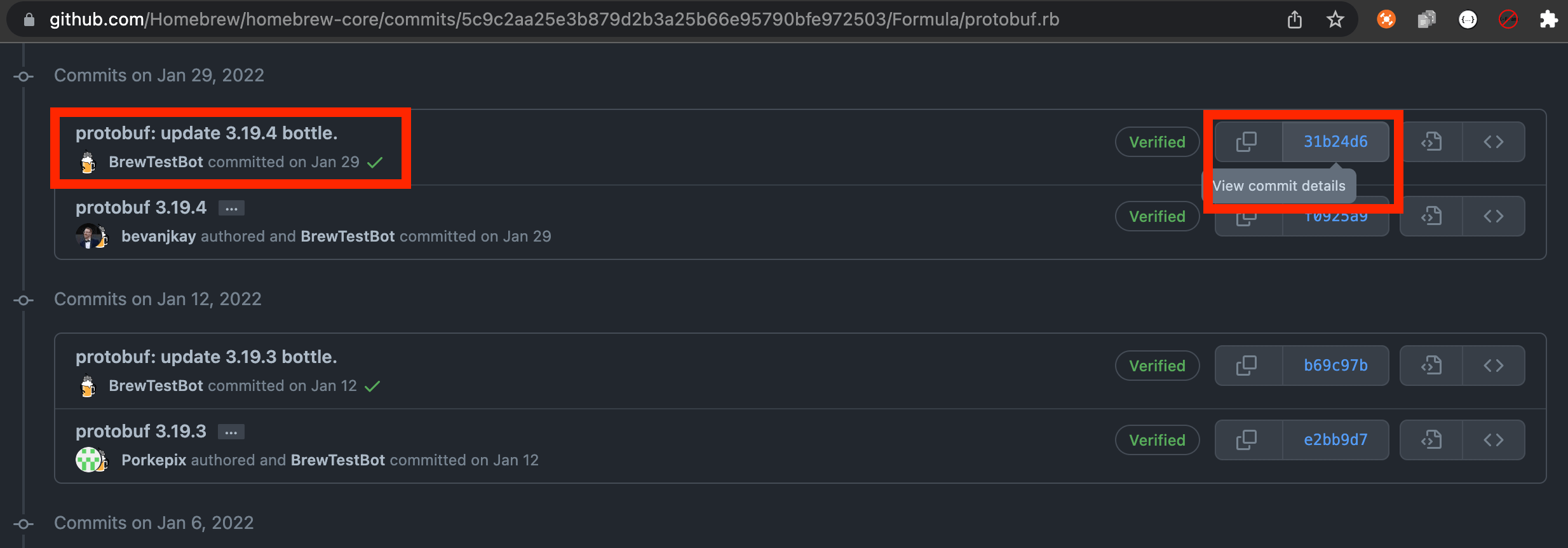


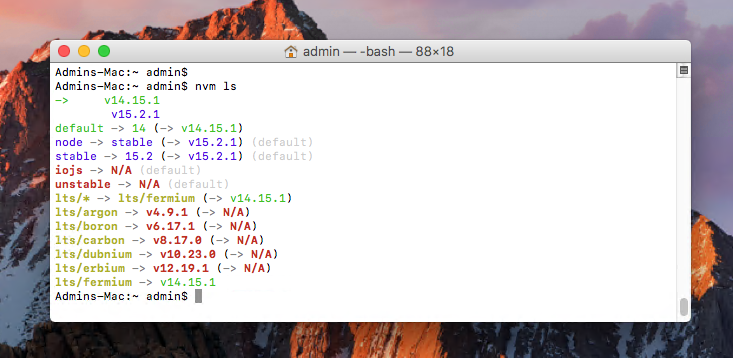












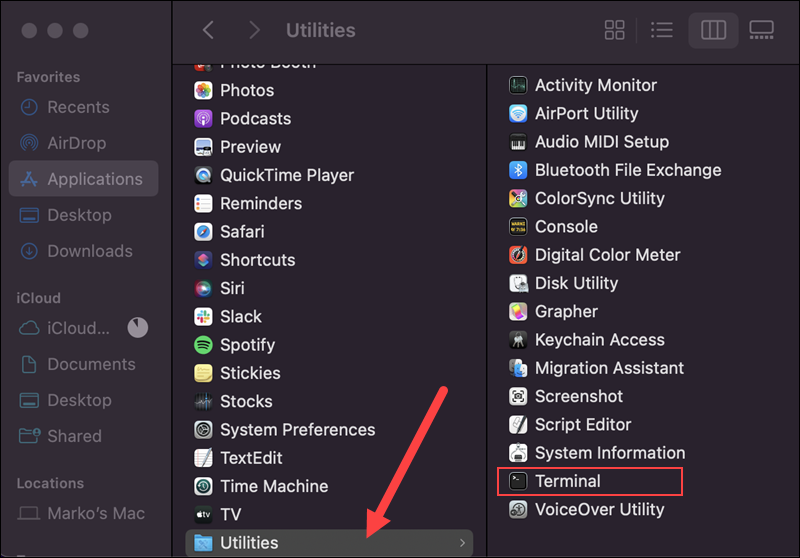
:max_bytes(150000):strip_icc()/001_how-to-install-homebrew-on-mac-4780201-8d9a84f726c14ebb92565f6de7f7b8f6.jpg)
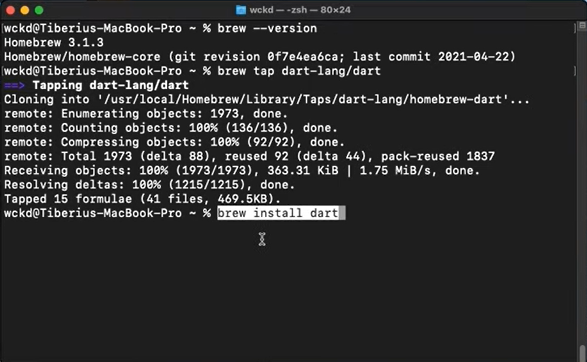



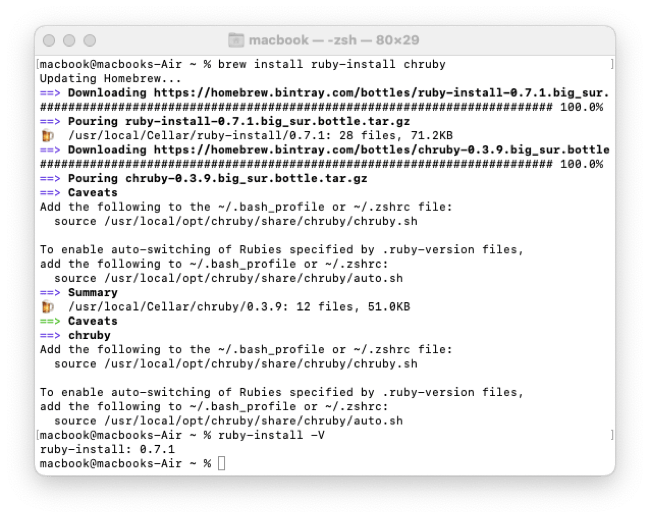





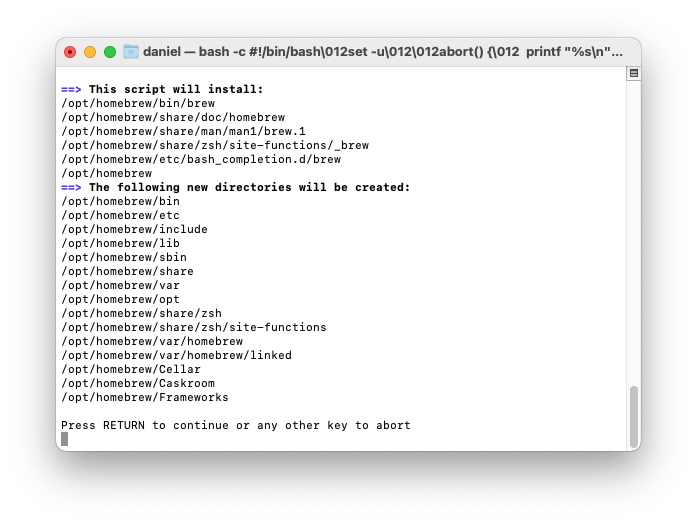


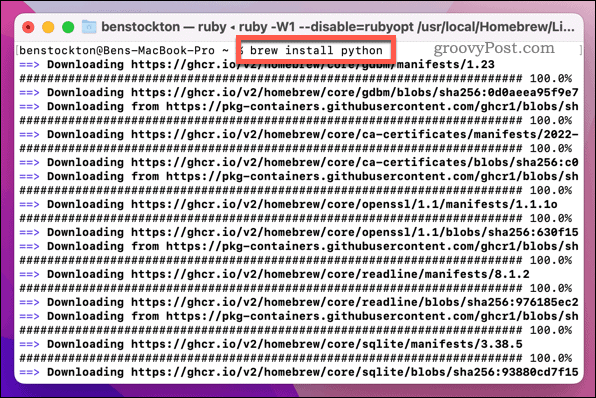

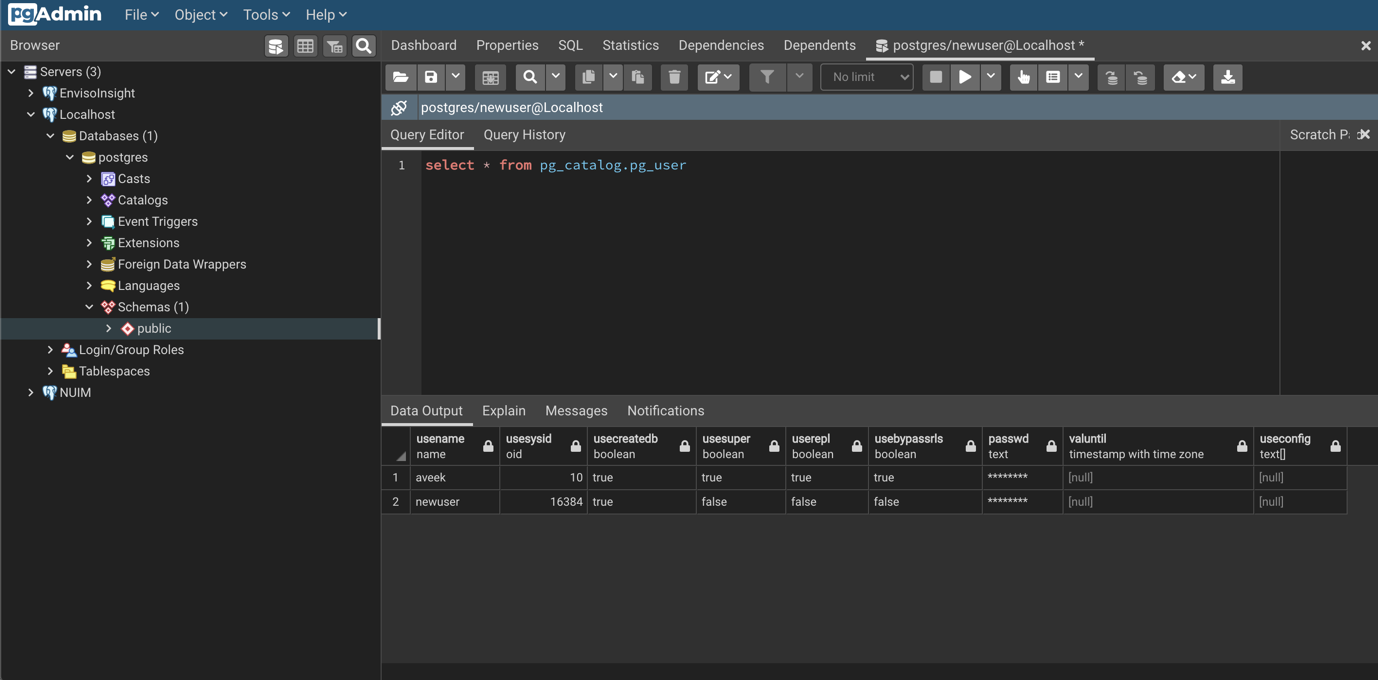
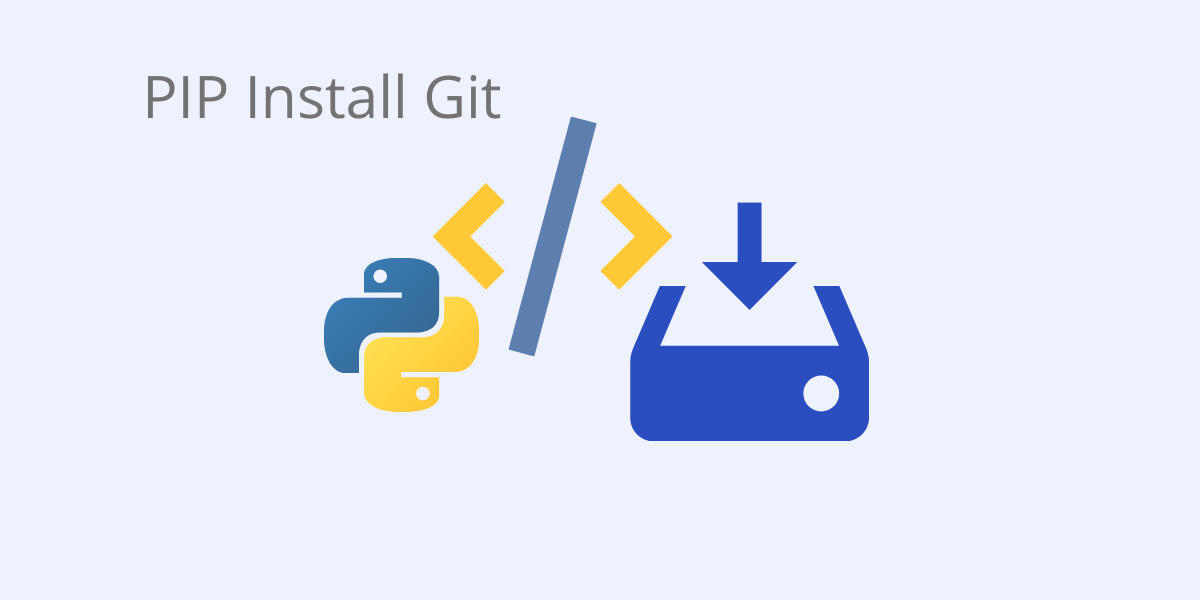
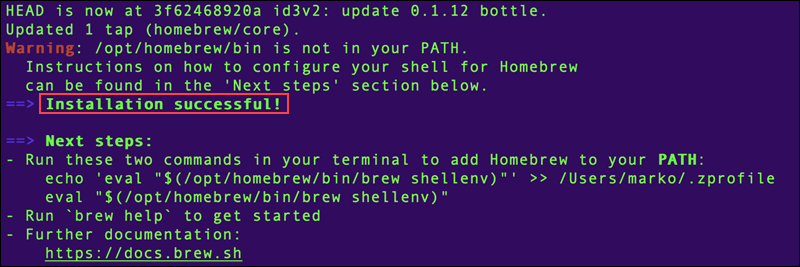

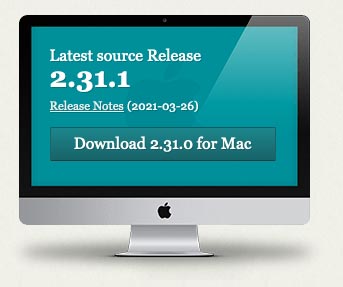



Article link: brew install specific version.
Learn more about the topic brew install specific version.
- Homebrew install specific version of formula? – Stack Overflow
- How to Install an Older Brew Package – ITNEXT
- How To Install Older Versions of Homebrew Packages
- Install a previous version of an application with Homebrew Cask
- Tools – brew install the specific version of software (protobuf …
- Installation – Homebrew Documentation
- homebrew – What is the meaning of subsections in `Dependencies …
- Tools – brew install the specific version of software (protobuf …
- Installing a specific version of a Homebrew Formula
- How to install an old package version with brew
See more: https://nhanvietluanvan.com/luat-hoc/